| |
|
|
Botanical Name |
: |
Rumex acetosella L. |
English
Name |
: |
Sheep's sorrel, Red sorrel, Sour weed, Field sorrel |
Family |
: |
Polygonaceae |
| |
General Info
| Description |
 |
|
A perennial weed growing to -50cm tall. It has green arrowhead-shaped leaves and red-tinted deeply ridged stems, and it sprouts from an aggressive rhizome. The flowers emerge from a tall, upright stem. Female flowers are maroon in color. |
| Herb Effects |
 |
|
Diuretic (fresh juice of the leaves); antipyretic, antitumor, depurative, diaphoretic, diuretic, hemostatic, laxative, peristaltic and refrigerant (whole plant); astringent (root) |
Chemistry
| Active Ingredients |
 |
|
Adenosine, anthraquinones, calcium oxalate, chrysophanol, oxalic acid, physcion, tartaric acid (plant); ascorbic acid (leaves); chrysophanic acid, emodin (root); hyperin, rutin, tannin (shoot) |
| Chemistry
of Active Ingredients |
 |
|
|
 |
Name |
CAS# |
IUPAC Name |
Formula |
Structure |
 |
|
| Adenosine |
Not Available |
2-(6-aminopurin-9-yl
)-5-(hydroxymethyl)o
xolane-3,4-diol |
C10H13N5O4 |
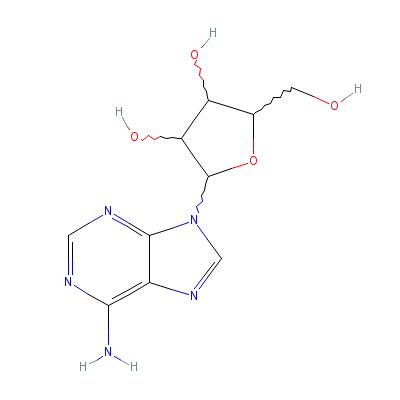
|
| Anthraquinone |
84-65-1 |
Anthracene-9,10-dion
e |
C14H8O2 |
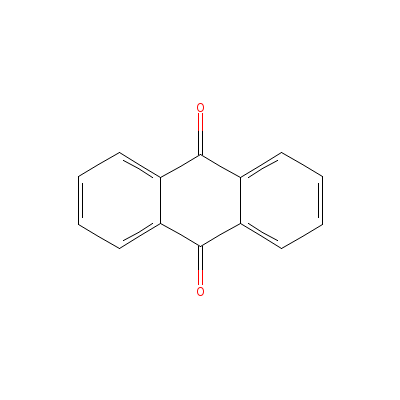
|
| Calcium oxalate |
5794-28-5 |
calcium oxalate |
C2CaO4 |
|
| Chrysophanol |
481-74-3 |
1,8-dihydroxy-3-meth
yl-anthracene-9,10-d
ione |
C15H10O4 |
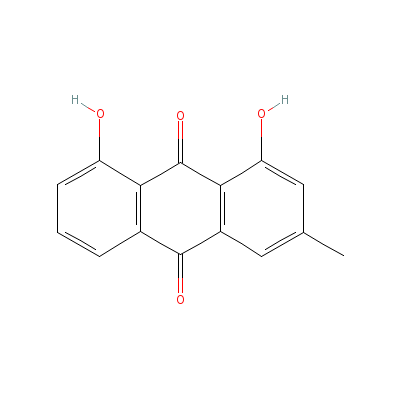
|
| Oxalic acid |
553-91-3 |
Oxalic acid |
C2H2O4 |
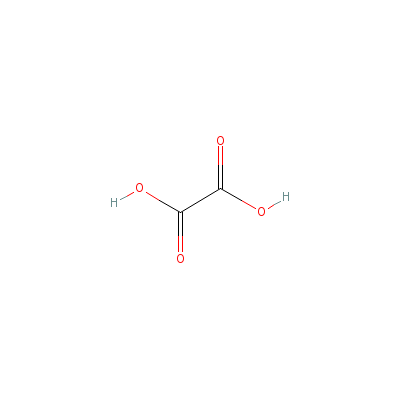
|
| Physcion |
521-61-9 |
1,8-dihydroxy-3-meth
oxy-6-methyl-anthrac
ene-9,10-dione |
C16H12O5 |
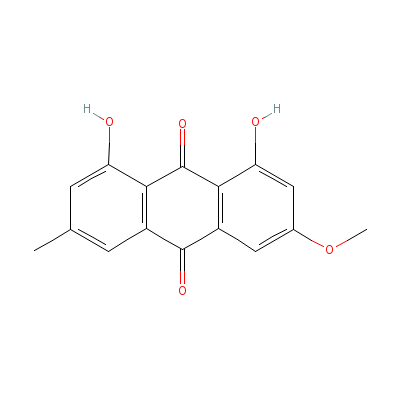
|
| Tartaric acid |
526-83-0 |
2,3-dihydroxybutaned
ioic acid |
C4H6O6 |
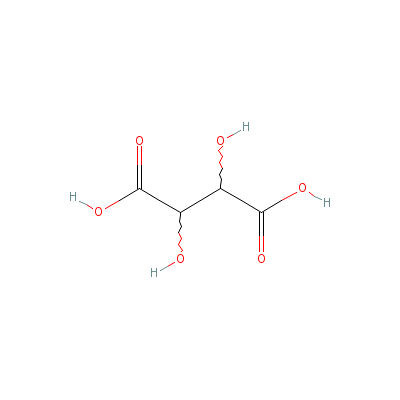
|
| Ascorbic acid |
Not Available |
2-(1,2-dihydroxyethy
l)-4,5-dihydroxy-fur
an-3-one |
C6H8O6 |

|
| Chrysophanic acid |
Not Available |
1,8-dihydroxy-3-meth
yl-anthracene-9,10-d
ione |
C15H10O4 |

|
| Emodin |
Not Available |
1,3,8-trihydroxy-6-m
ethyl-anthracene-9,1
0-dione |
C15H10O5 |
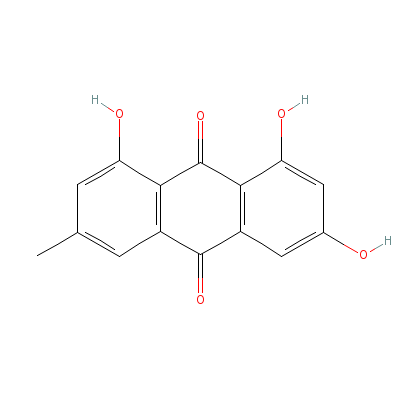
|
| Hyperin |
482-36-0 |
2-(3,4-dihydroxyphen
yl)-4,5-dihydroxy-3-
[3,4,5-trihydroxy-6-
(hydroxyme
thyl)oxa
n-2-yl]oxy-chromen-7
-one |
C21H20O12 |
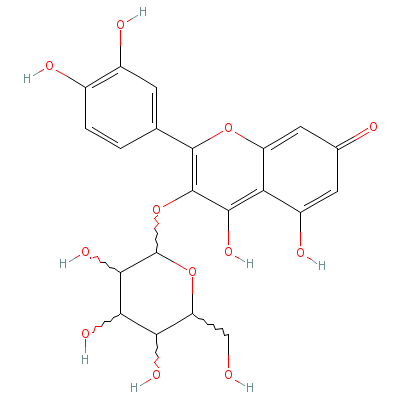
|
| Rutin |
Not Available |
2-(3,4-dihydroxyphen
yl)-4,5-dihydroxy-3-
[3,4,5-trihydroxy-6-
[(3,4,5-tr
ihydroxy
-6-methyl-tetrahydro
pyran-2-yl)oxymethyl
]tetrahydropyran-2-y
l]
oxy-chromen-7-on
e trihydrate |
C27H36O19 |
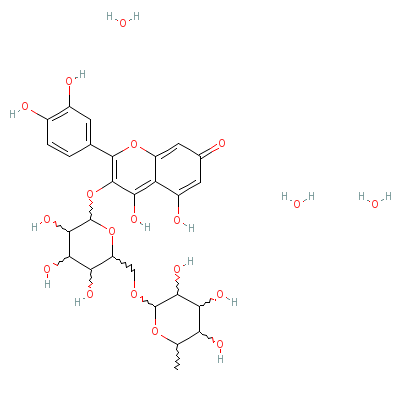
|
| Tannin |
1401-55-4 |
Not Available |
C27H22O18 |
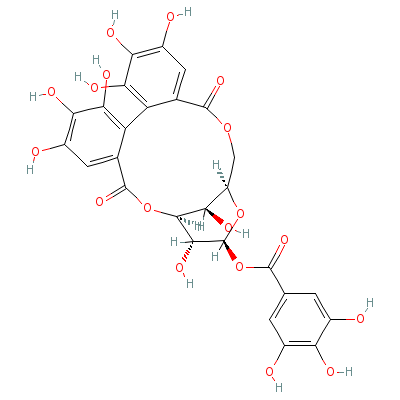
|
|
Pharmacology
| Medicinal Use |
 |
|
A tea made from the leaves is used in the treatment of fevers, inflammation and scurvy. The leaf juice is useful in the treatment of urinary and kidney diseases. A leaf poultice is applied to tumors, cysts etc, and is a folk treatment for cancer. A tea made from the roots is astringent and is used in the treatment of diarrhea and excessive menstrual bleeding. The whole plant is used for bruises, facial cancers, skin cancers, stomach cancer, throat cancer, constipation, dermatosis, diarrhea, dysmenorrhea, dysuria, epithelioma, fever, gastrosis, inflammations, metrorrhagia, nephrosis, scrofula, sores, syphilis, tuberculosis, warts and water retention. |
| Reference |
 |
|
 James A Duke and Maryl Fulton. Handbook of Medicinal Herbs - 2nd Edition, P: 666, CRC Press July 2002. James A Duke and Maryl Fulton. Handbook of Medicinal Herbs - 2nd Edition, P: 666, CRC Press July 2002.
|
Dealers
Products
|
|